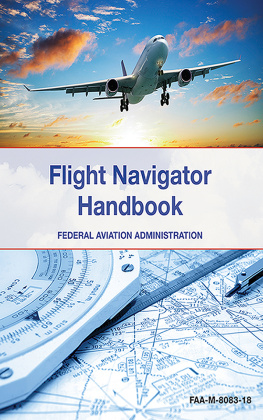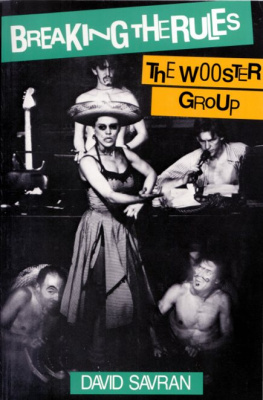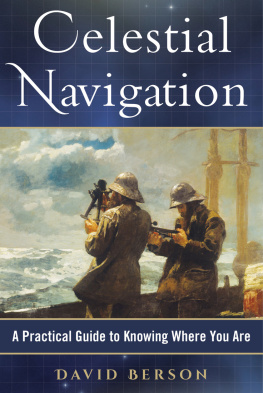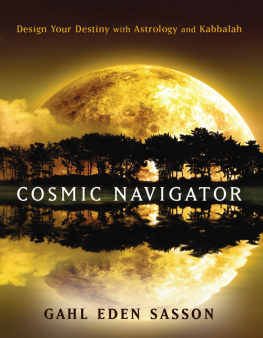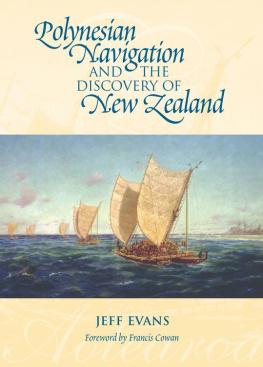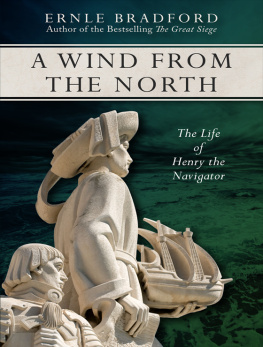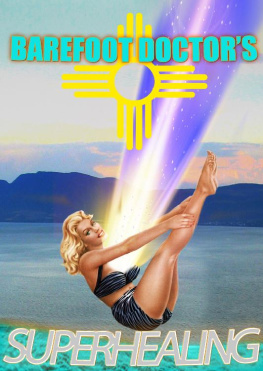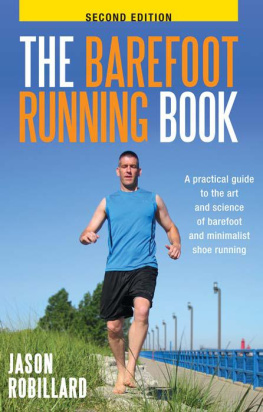

Contents
Distances : In general terms, distances are given in kilometres, except where a distance is given in statute miles within a quotation. In those cases, a metric equivalent is provided.
Navigation distances : When discussing navigation at sea, distances are given in nautical miles (nm) for the simple reason that it is the only measure that derives from the geometry of the Earth. One nautical mile = one-sixtieth of one degree of latitude and is approximately 1.2 statute miles. A knot is not a distance but a speed: one nautical mile per hour. Thats the way it has to be.
Measurements : Measurements are in the metric system, although I may occasionally slip in feet when giving the length overall of a boat.
Dates : Historical dates are quoted using the new convention. AD is now CE (Common Era) and BC is BCE (Before Common Era). Specific dates are expressed as day-month-year, with the month spelled out to avoid confusion (eg, 11 July 2017. I may occasionally refer to a date as July 11 when an entry is to be found in a table and the month comes first.
Time : Greenwich Mean Time (GMT) is now referred to as Universal Time (UT) or Universal Time Corrected (UTC). But it is also sometimes referred to as World Time, and by the military as Zulu Time. I quite like the sound of World Time, but will use UTC and GMT in this book. Actual times are shown as four digits, without punctuation and always using the 24-hour clock.
Maps : Unless otherwise sourced, the maps were produced using Map Maker Pro, available from www.mapmaker.com.
Star charts : Images of the night sky were created using Patrick Chevalleys Cartes du Ciel software (available from www.ap-i.net/skychart) and Stellarium (from www.stellarium.org). The latter is an open source project developed by an impressive group of coders, testers and translators. It runs on Linux, Windows and OS X and is available in about 60 languages.
Astronomy : Back in 2004 when I was writing the first edition of this book I got some great help from a chap called Keith Burnett, a college mathematics teacher and astronomy enthusiast. I thanked him for his expert guidance on celestial matters, absolved him of all responsibility for my mistakes and sent him a copy of the book. Sadly, his useful website has sunk without trace. Keith, however, has risen with much trace; he turns out to be Sir Keith Burnett CBE, FRS, vice-chancellor of Sheffield University. Thanks again, Sir Keith!
Motivation : Thanks also to: Philip Barnard, professional yacht racer and managing director of the Barefoot Group in St Vincent and the Grenadines, for his enthusiasm for barefoot navigation; Pesi Sorab for encouraging me to race dinghies back in the day; and Elizabeth Multon and Penny Phillips, my splendid editors at Bloomsbury/Adlard Coles Nautical.
I saw Eternity the other night
(Henry Vaughn, The World , 1650)
Im enthusiastic about barefoot navigation, but far from dogmatic. Being in awe of the natural world does not preclude me from admiring the accomplishments of science. Satellite navigation systems are the only practical application of Einsteins theories of relativity; they work because the clocks in satellites tick faster than the clock in your receiver by 38 microseconds a day. Think about that. In its day, Charles Babbages concept of the mechanical computer for calculating navigation tables was equally impressive but sat-nav actually works and has become universal.
Nor am I a vegan-style purist: I lose no sleep over the notion that a Cessna 340 landing in the distance creates a horizon event, which hints at a course-to-steer for landfall. It does not have to be a blue-footed booby nest-bound to feed the fledglings.
The thing is this. When you depart one haven for another using GPS, GLONASS or Galileo your achievement relies on someone elses enterprise. (Unless, that is, you work for NASA, the European Space Agency or another space agency.) When you sail from marina to anchorage by picking out signpost stars in the night sky your achievement is founded in something you did, stuff you learned and practised. You can enjoy an mp3 of Art Peppers Round Midnight. Or you can try to play it yourself on an old alto sax bought for half the price of a new iPhone.
In this edition theres more forensic navigation, in which I challenge outlandish claims about the skills of ancient wayfinders, the patronising proposals that there was something mystical about what they achieved. Why is it so hard to accept that they were really good at holding detailed information in their heads, at passing it on from generation to generation and at putting it to good use offshore?
Professor of History at the University of British Colombia Richard Unger has thought long and hard about the role of science in the practice of wayfinding and sets it all in perspective:
Navigation is taken to be, especially in the twentieth century, an exact science. For sailors at the end of the Middle Ages, navigation was far from that. Even those sailors who made their way across the Atlantic and Indian Oceans still relied on old, simple methods to establish their position, methods based on traditional practice divorced from the theories of geographers and astronomers. Navigation needs to be understood in a broad sense. It may well be, and has increasingly become, first an idea or understanding of what the natural world might be like. But second, and more important in earlier centuries, it was a bundle of knowledge which helped solve the problem of getting from one spot to another by water.
Acquiring the bundle of knowledge that makes you a more skilful navigator also makes you an astute astronomer, an outstanding oceanographer and a high-flying ornithologist. You become unplugged from the flow of electrons and instead gain new confidence from being connected with the natural world around you.
That star over there, the one about to touch the horizon, gives me a heading of 232, says the unshod wayfinder, a touch north of south-west.
Having that knowledge changes your relationship with the night sky in general and in particular with the star Shaula in the tail of Scorpius. At no extra cost, you also learn a new Arabic word: shaula means the stinger.
The most expanded practical section of this book is on astronavigation. I was inspired by the way British schoolchildren responded to ESA astronaut Major Tim Peakes 201516 mission to the International Space Station. For me, the wide-eyed willingness of so many youngsters to push the boundaries of their ideas and ambitions beyond their smartphone screens was at a time when other borders were being sealed and walls being built stimulating. Beyond that there seems to be substantial public interest in astronomy. The day before I wrote these words the BBC ran on its main news bulletins reports that a potentially inhabitable planet had been discovered orbiting the nearby navigators star Alpha Centauri. A few weeks earlier a proud dad, gold-medal Olympic sailor Sir Ben Ainslie, announced that his newborn daughter would be named Bellatrix, after a navigators star in the constellation of Orion.
Theres a problem, though. Many times I have stretched out on a cramped focsle bunk and stared through an open hatch at the limitless expanse of the night sky. But light pollution, especially in Europe and North America, has already become a nightmare. In 1994 a pre-dawn earthquake plunged most of Los Angeles into darkness. The following day the Griffith Observatory, between Glendale and Hollywood, reported taking calls from anxious residents asking, What the hell happened to the sky? After being told they could now see the stars, the planets and the Milky Way, Angelinos were also able to say, I saw Eternity the other night.


